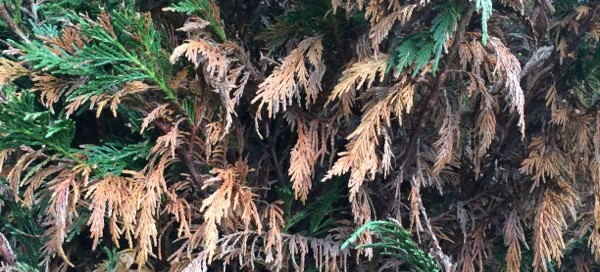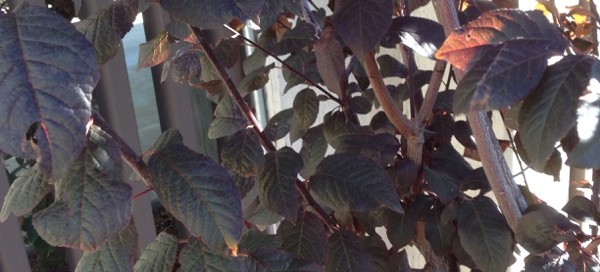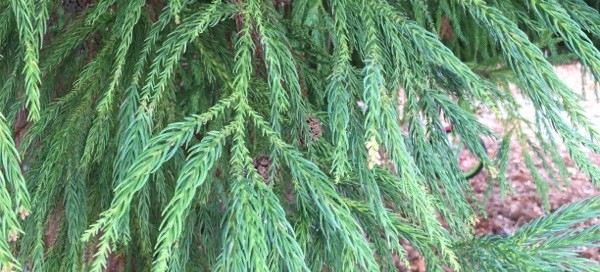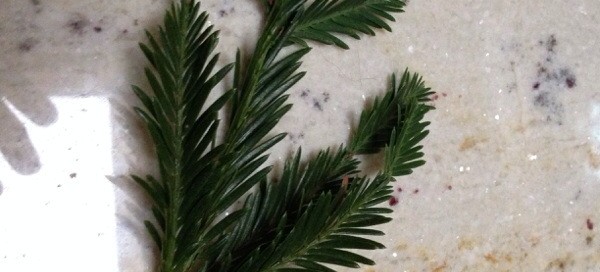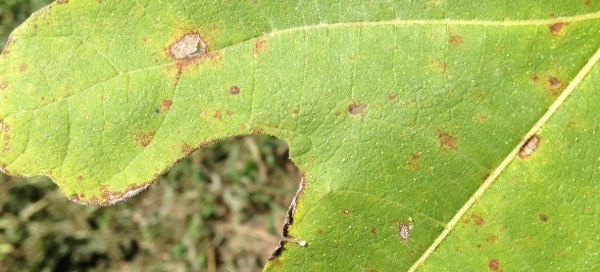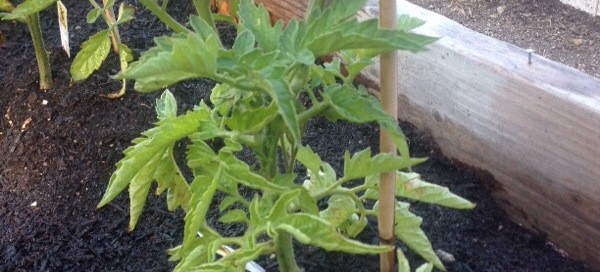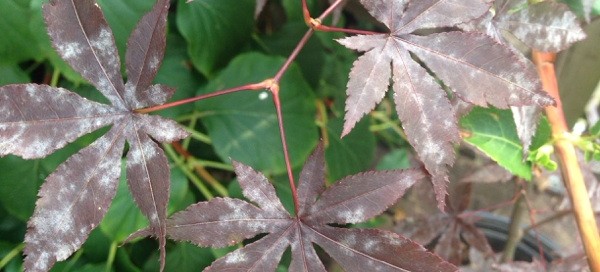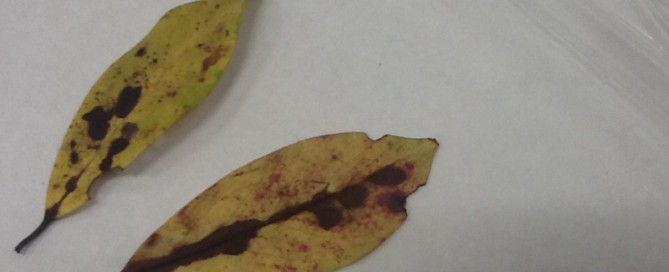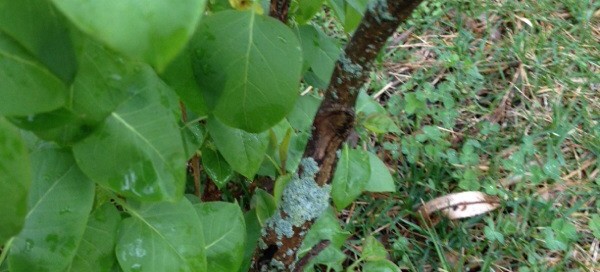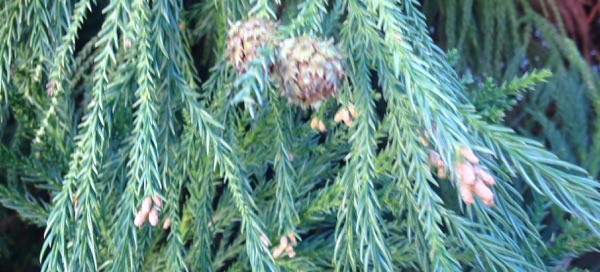Leyland Problem
Our guess is that this is not a disease but we'll go through the possibilities.
1. Damage from last winter - leylands are prone to winter damage in cold winters.
2. Die-back caused by root pruning in the ball-and-burlap process if this is a new plant. B&B plants have their roots cut and will normally show die-back because of that - a plant takes 3 or more years to recover from the B&B process.
3. Not enough water over this past summer - too shallow? This is especially likely if this is a newly planted tree, since most people forget that they have to water a new plant deeply but not frequently.
That said, there are two types of canker diseases that Leylands are prone to, and if in a poorly drained area they can get root rot. If this is an established plant and you don't think that you're seeing winter kill you should prune off all brown foliage well inside the plant, disinfecting your pruners in a 10x1 water/bleach solution in between every cut. Then monitor the plant to see if the damage continues. Be sure not to spray the foliage with water and prevent irrigation systems from hitting the foliage too - water with a soaker hose if possible - soaking the area around and under the tree deeply once a week.
